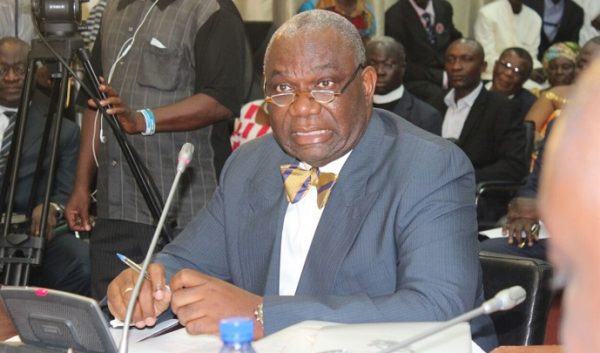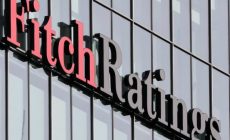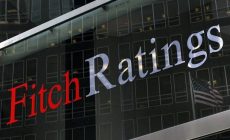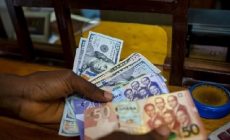This is against the current price of US$46.51 per barrel on the world market.
The development indicates that largely, fuel prices will not change much at the pump till the end of the year. Since the beginning of this year, fuel prices have been changing albeit intermittently at the pumps.
BMI also maintained its forecast for 2018 at US$60 per barrel and US$64.0, US$67.0 and US$70 per barrel respectively in 2019, 2020 and 2021. Bloomberg had also forecast that the commodity will end 2017, 2018, 2018 and 2020 at an average of US$56.0, US$61.5, US$62.5 and US$65.0 per barrel respectively.
It said “Our 2017 Brent outlook is broadly neutral, with a US$57.0 per barrel average forecast for the year.”
It added that OPEC’s intervention in 2017 will ultimately extend rather than shorten the current period of oversupply. The rewards of the group’s action are far outweighed by the risks stemming from the return of cut barrels to the market next year.
“The OPEC, non-OPEC deal to cut 1.8 million barrels per day from global supply in first half of 2017- and the decision to extend the deal into the first quarter of 2018- has yet to have the desired impact on the market. There has been no large or sustained drawdown in global crude inventories and prices are now at around the same level that they were at before the cut was agreed in November 2016”.
In this analysis BMI continued saying“we consider the key risks that have emerged from the deal. Our short-term (three-to-six month) outlook on prices remains fundamentally bullish. Demand is set to strengthen seasonally and supply additions should slow.”
According to the National Petroleum Authority price indicators as of June 22, petrol was going for US$491 per metric tonne, down by 6.12 percent from the previous last review of May 27, 2017. Diesel was also being sold for US$408.91 per metric tonne, also down by 3.86 percent from the last review.
According to the Finance Ministry, Ghana’s petroleum receipts for the first quarter of 2017 showed that government made $94 million from crude exports. In 2015 and 2016, Ghana earned US$ 1.9 billion and US$1.4 billion respectively from crude oil exports.











 (Selorm) |
(Selorm) |  (Nana Kwesi)
(Nana Kwesi)